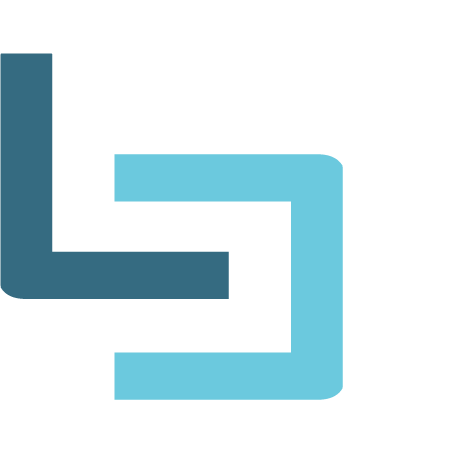
To buy a home, you need to overcome two huge obstacles: improve your credit score and save for a down payment. Neither task is easy, but between rent, car payments, student loan debt, credit card debt and other financial obligations, it may be even more daunting to save for a down payment. However, even with all your other financial responsibilities, it’s not impossible.
What Is the Minimum Down Payment Requirement in Canada?
The size of the down payment a lender will require of you is influenced by two things. The first is your financial profile, which includes your income and credit score. The second is the price of the home you plan to purchase:
- A 5% down payments is required on homes that cost less than $500,000.
- If the purchase price is between $500,000 and $999,999, you would need 5% for the first $500,000 and 10% for the remaining amount.
- Homes with a purchase price of $1,000,000 or more require a 20% down payment.
It pays to put 20% up front regardless of the home’s purchase price, though. If you pay anything less than 20%, you would need to buy mortgage default insurance. Mortgage default insurance costs an additional 2.80% to 4.00% of a home’s purchase price.
How To Save for a Down Payment
Saving up even 5% for a nice first home can be difficult. If you were to buy a home at $480,000, which is the average home price in Canada, you would need to save $24,000. That amount may seem overwhelming, but it’s doable with these seven tips.
1. Make Room in Your Budget
If you want to make your dreams of homeownership a reality sooner rather than later, you will need to save thousands of dollars a year. This may mean cutting back on expenses, finding additional sources of income or both. However, your sizeable savings goal is doable and well worth it. Some ways to save include nixing entertainment expenses, foregoing unnecessary shopping, selling stuff you don’t need and cancelling unused subscriptions.
2. Automate Your Savings
You obviously need to put aside a certain amount of cash each month to meet your savings goal, so you may as well make it as pain-free as possible by automating it. Decide on what percent of your income you can reasonably afford to go without each month and set up a transfer of that amount to occur between your checking and savings accounts. Not only does automation take the pain out of putting money aside but also, it removes the temptation and ability to spend the money on nonessential purposes.
3. Put Away Those Windfalls
By banking all that money you never expected to get, you can make it easier and quicker to save for a down payment. Sources of unexpected funds include tax refunds, bonus checks, gifted money, larger-than-normal commission checks and proceeds from the sale of personal assets. Regularly banking thousands of dollars of windfalls each year can easily cut a couple of years off your home buying journey.
4. Pay Down High-Interest Debt
If you have outstanding balances on high-interest accounts, you may be unwittingly sabotaging your savings goals. If you’re like the average borrower, you pay $855 just in credit card interest each year. That’s almost $1,000 you’re just throwing away, as it doesn’t go toward your outstanding balances. If you want to cut another six months off your savings deadline, start paying down those high-interest cards.
5. Skip That Vacation
You don’t have to be told twice that vacations are expensive. Airfare alone can cost as much as $1,000 for just one person, while a hotel room for a week can cost another $1,000. Then you must take into account the food, nights out, souvenirs, transportation and other expenses, and you’re easily out $3,000 after a decent vacation. For just one year, skip the vacation and cut another year off your savings timeline.
6. Borrow From Your RRSP
Under the Home Buyers’ Plan, the Canadian government allows first-time homebuyers to borrow from their registered retirement savings plans to buy or build a qualifying home for themselves. As of March 2019, the maximum borrowing limit was increased to $35,000. The repayment period begins the second year after you withdraw the funds, and you have up to 15 years to repay the amount.
7. Take Advantage of the First-Time Home Buyer’s Incentive Program
Written into law in June 2019 and enacted in September of that year, the HBI program essentially creates a shared equity mortgage. What this means is that the Canadian government will help first-time homebuyers with a down payment in exchange for equity in the property. The government will front 5% to 10% for a new home or 5% for an existing home. If the home you want to purchase is under $999,999, the amount may be enough that you don’t have to save up money at all.
However, you will need to repay the government when you sell. If your home increases in value, you will end up paying more than you initially received.
Saving for a down payment is no easy feat. However, with patience, discipline and the seven above tips, you can have a down payment in practically no time. For lending options that may make paying down debt easier, use our personal loan search engine.



